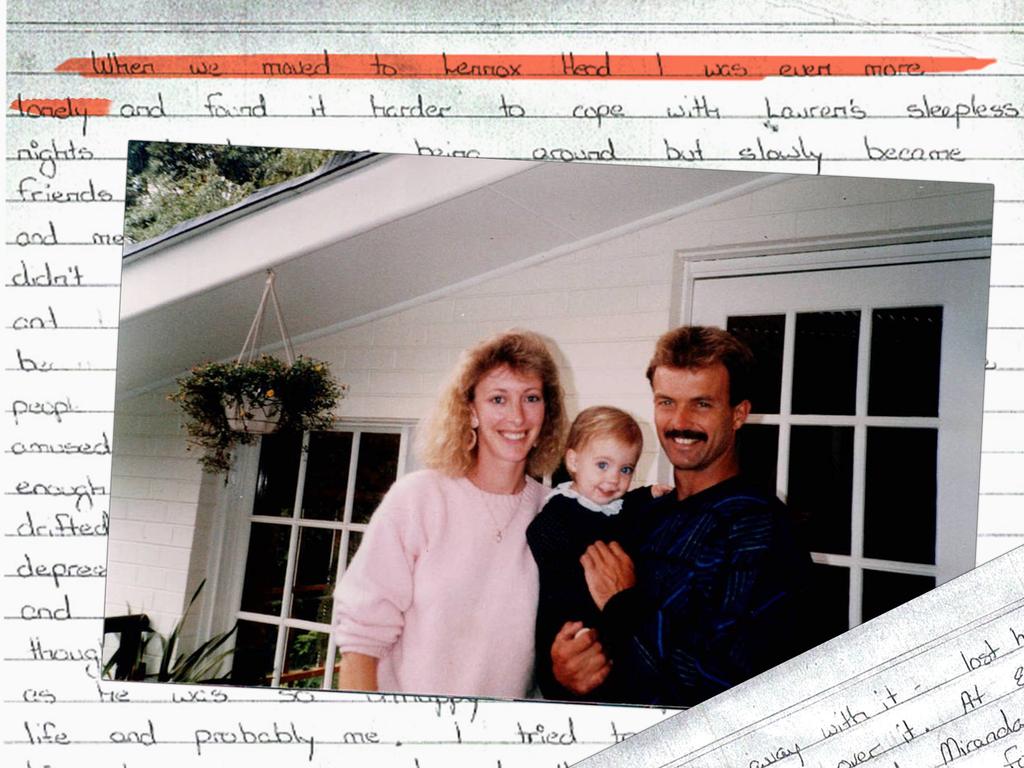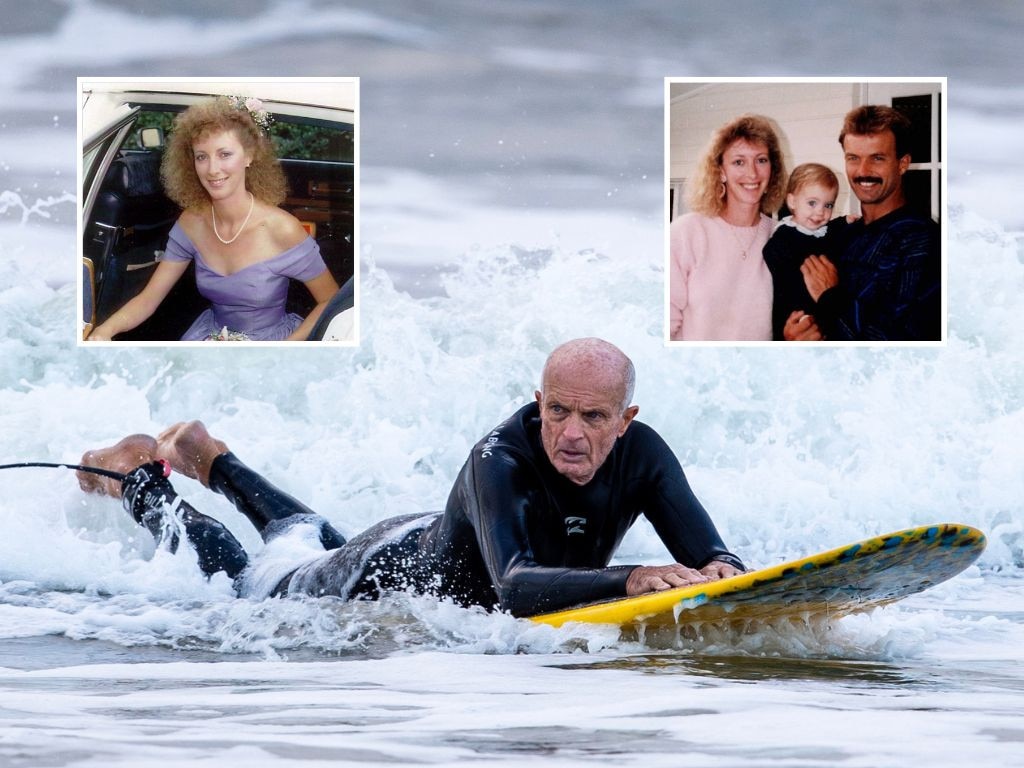Bronwyn podcast: Reaching into the past: what did ‘missing’ really mean?
The penny dropped for me one afternoon a week before Christmas, 2017. What a retired senior coroner told me that day should be absorbed by every police chief and politician with the power now to make a difference.
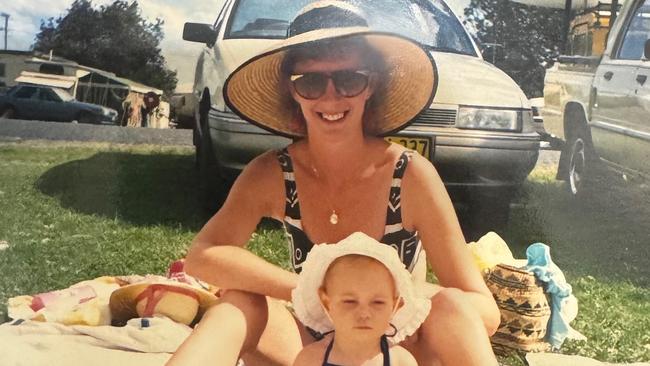
Are commissioners of police and heads of homicide squads across Australia sitting on hundreds of cases of unsolved murders of women who were once haphazardly filed away as “missing”?
As “uncaring” mothers and wives who abandoned their children and husbands or boyfriends – and never bobbed up again?
It is more pressing now than ever to confront a systemic failure of the criminal justice system spanning decades until the late 1990s. Police would routinely file reports of missing women in the bottom drawer. They were not deemed important when, in truth, they were all vitally important.
They were more often than not the victims of foul play. Their bodies were always mouldering in unknown locations as their killers got on with life, unhindered.
How do we know this? Police agree it is one hundred per cent true. Senior cops and retired homicide detectives, usually defensive about methods and practices, don’t even quibble over it.
“Things were different then,” they tell me. “We didn’t know at the time. Domestic violence was looked at differently then. It wouldn’t happen that way today.”
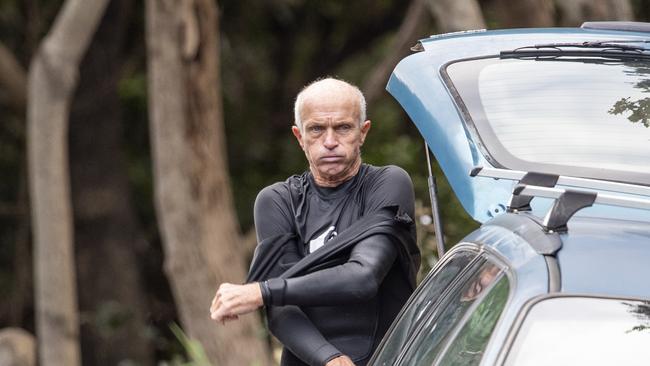
The penny dropped for me one afternoon a week before Christmas, 2017. In a lounge room at the home of Carl Milovanovich, a retired senior coroner in NSW who had agreed to be interviewed for my podcast series The Teacher’s Pet, I heard him describe something alarming and completely logical. What Milovanovich told me that day should be read and understood by every police chief and politician with the power now to make a difference. He was talking about Lyn Dawson (whom we now call Lyn Simms at the request of her brother and sister).
“All the circumstances when you put them together are just so remarkable that I just could not accept that Lyn Dawson would just disappear off the face of the earth without there being some human intervention,” Milovanovich said.
He had conducted an inquest 14 years earlier, in 2003, that culminated in his finding that Lyn had died in 1982 and her then husband, Chris Dawson, should be prosecuted for alleged murder. But it took until December 2018 for that to happen.
“It just defies all logic that a mother would leave a four year old, a two year old, a family, a job and friends and just disappear,” Milovanovich told me.
“It’s just not normal human behaviour for a woman with her intelligence, her community ties, the fact that she was employed. Two kids. Had a lovely home. It just doesn’t add up.
“And I was very disappointed that the police investigation was so poor initially that Lynette Dawson was just treated as another missing person and it wasn’t prioritised.
“They never looked at the issues of domestic violence. They never looked at the reality or the possibility that this was a homicide.
“At that stage of my career as deputy state coroner I was probably just starting to do a number of missing persons cases that were historical ones.
“And it wasn’t long after the inquest into Lynette Dawson’s disappearance, Bronwyn Winfield, and a number of others that I was getting very concerned about historical missing person cases – where clearly it was evident that they were probably homicides.
“And the attitude that the police had to the investigation of them … I think there was a systemic problem in the police department in how they prioritised and triaged missing persons cases.
“And that was a systemic attitude the police had – ‘you don’t worry about investigating until you’ve got a smoking gun or some evidence of foul play. They’ll turn up’. Or ‘they’ve gone off with a boyfriend’, or something like that.
When I asked Milovanovich whether this meant that a significant number of women who had been classified by police as simply missing were more likely to have been murdered, he replied: “No doubt. I’ve got no doubt about that. Absolutely. If you’d asked me this question nine years ago before I retired, I would have given you a list of all their names.
“And I think the majority of the long-term missing-persons cases that are still outstanding, even to this day, involve young women who have disappeared and inevitably they are victims of homicide.”
It was chilling to hear this conclusion. Because it was also completely logical.
It is deeply stupid to suggest that these usually young mothers, most of whom disappeared without money, were then able to emulate drug barons or highly trained spies, change identity, start again somewhere else, avoid all proof of life checks over decades, and never contact their children and other loved ones again.
There will be very rare exceptions. How many? They must be so rare, they’re incalculably small in number.
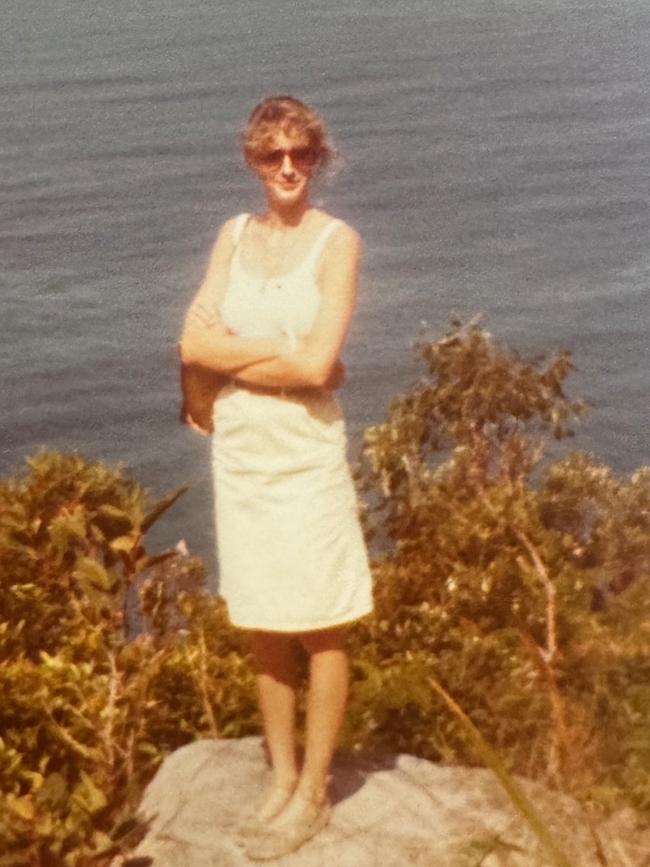
Women who have demonstrated human nature’s love and dedication to their little ones do not abandon and stay in the wind forever. They’re dead. They were killed the day they went missing.
To be clear, Milovanovich was certainly not saying that the male partners of all those missing women should be suspects in unsolved no-body murder investigations.
In Lyn’s case, Dawson’s guilt was glaringly obvious. But every seemingly similar case is different. They all turn on different circumstances and there can be multiple suspects.
The uncomfortable reality, however, is that these cases were not treated as suspicious and as possible homicides when the inexplicable disappearances occurred.
There must be many similar cases across Australia. And many discarded female murder victims still out there. They have been failed by the system. Their cases have fallen between the cracks.
What about this, Prime Minister? A national inquiry and task force that would see every police force in the country joined in a spirit of co-operation to produce cold case files of missing women for careful review and reconsideration.
Try to solve them. As the successful murder prosecution of Chris Dawson four decades later shows, it isn’t too late.
Let Lyn be an example and a beacon for the others. For devoted mums such as Bronwyn Winfield and who knows how many other missing women who deserve dignity and respect after years of being tarnished as runaway mums
To listen to episode three and access Hedley Thomas’s full investigation, subcribe here.
Bronwyn is a podcast series with new episodes released in June and July, 2024.
Register or subscribe now at https://www.theaustralian.com.au/bronwyn
Do you know more? Email us at bronwyn@theaustralian.com.au
To hear directly from the creators of the Bronwyn podcast, click here.


